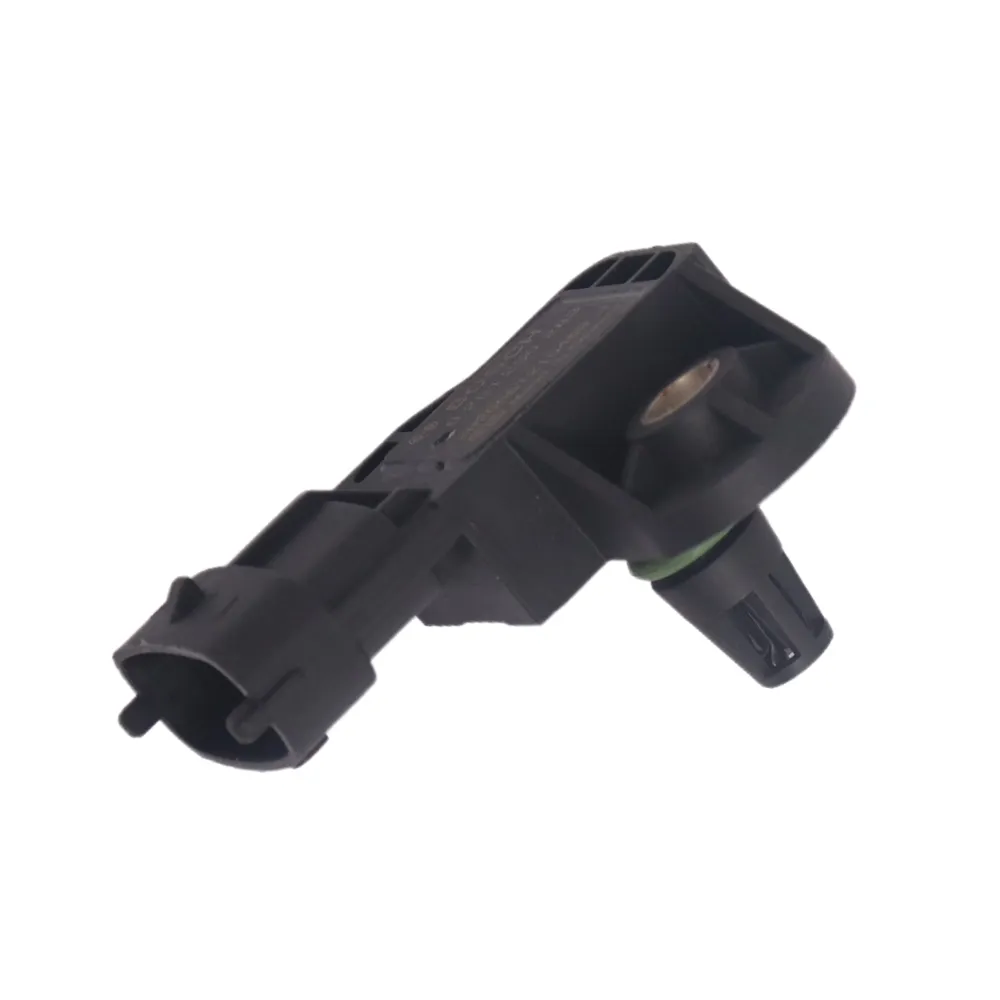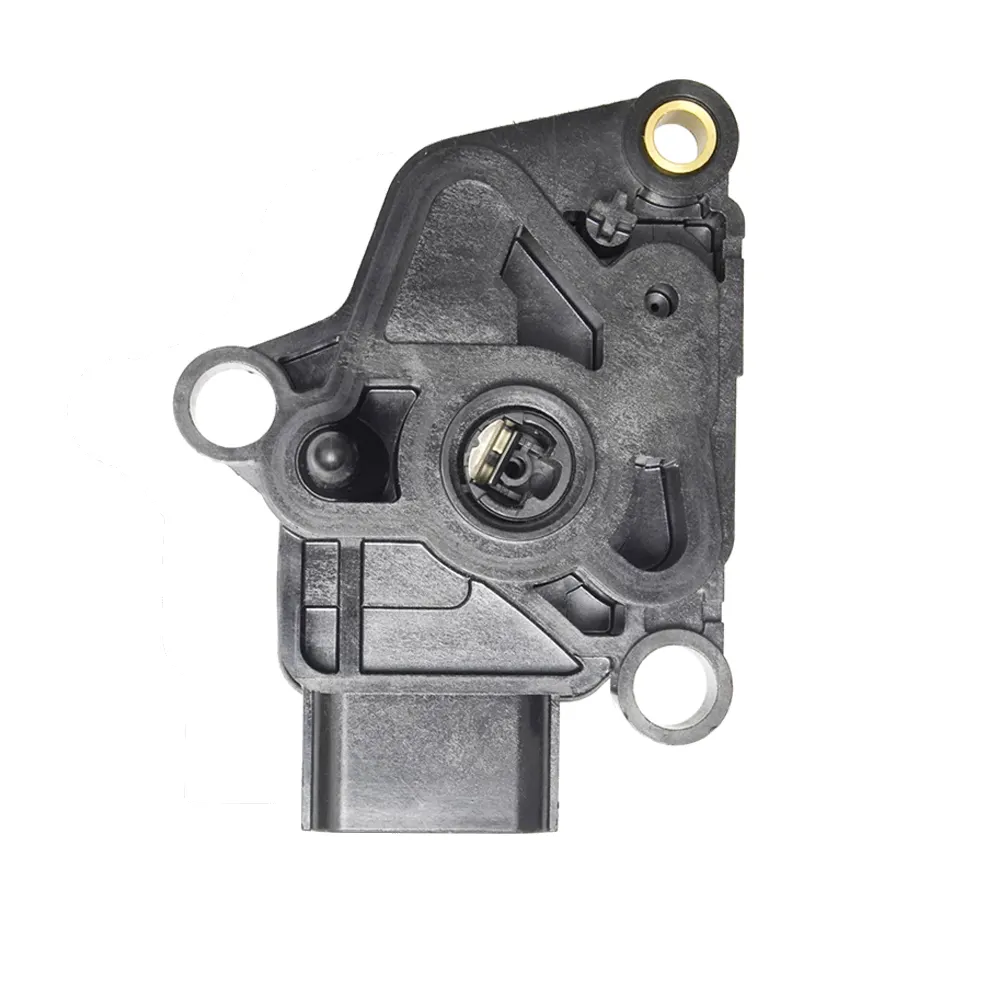Understanding MAP Sensors and Their Impact on Motorcycle Performance
The quest for optimal motorcycle performance and longevity has led many riders and manufacturers to focus on sophisticated engine management systems. At the heart of these systems lies the MAP (Manifold Absolute Pressure) sensor, a critical component that plays a vital role in maintaining engine health and performance. By monitoring air pressure in the intake manifold, a motorcycle MAP sensor provides essential data to the engine control unit (ECU), enabling precise fuel delivery and ignition timing adjustments.
Modern motorcycles rely heavily on accurate sensor data to maintain peak performance while ensuring engine durability. The MAP sensor's ability to constantly measure pressure changes allows for real-time adjustments that protect your engine from harmful conditions while maximizing power output. This sophisticated approach to engine management represents a significant advancement from the days of purely mechanical systems.
Core Components and Installation Considerations
Essential MAP Sensor Components
A motorcycle MAP sensor system consists of several key components working in harmony. The primary element is the pressure-sensing unit, typically featuring a silicon chip that flexes with pressure changes. This mechanical movement is converted into electrical signals through a piezoelectric effect. Supporting components include the wiring harness, mounting brackets, and vacuum lines that connect the sensor to the intake manifold.
Quality connections and proper mounting locations are crucial for accurate readings. The sensor must be positioned away from excessive heat sources while maintaining a direct connection to the intake manifold. Many modern motorcycles come with pre-determined mounting points, but aftermarket installations require careful planning to ensure optimal placement.
Installation Best Practices
Proper installation of a motorcycle MAP sensor begins with selecting an appropriate location that provides both protection and accessibility. The sensor should be mounted securely to prevent vibration-induced readings errors. All vacuum lines must be free from kinks or restrictions, and electrical connections should be weather-sealed to prevent corrosion and signal interference.
During installation, it's essential to use high-quality vacuum lines rated for automotive use. These lines should be as short as possible while avoiding sharp bends that could restrict airflow. Additionally, all electrical connections should be soldered and heat-shrunk rather than simply crimped to ensure long-term reliability.
Optimization Techniques for Enhanced Performance
Calibration and Programming
Achieving optimal performance from a motorcycle MAP sensor requires precise calibration and programming. Modern ECUs allow for detailed mapping of sensor responses across different operating conditions. This calibration process involves adjusting fuel maps and timing curves to match the sensor's data with engine requirements at various load points.
Professional tuning software can help create custom maps that account for modifications and riding conditions. These maps should be developed progressively, starting with conservative settings and gradually optimizing for performance while maintaining safety margins. Regular recalibration may be necessary as components wear or environmental conditions change significantly.
Maintenance and Monitoring
Regular maintenance of the motorcycle MAP sensor system ensures consistent performance and reliability. This includes periodic inspection of vacuum lines for cracks or degradation, cleaning electrical connections, and verifying sensor readings against known good values. Modern diagnostic tools can help monitor sensor performance in real-time, allowing for early detection of potential issues.
Establishing a maintenance schedule that includes MAP sensor system checks can prevent unexpected failures and maintain optimal engine performance. Documentation of sensor readings and maintenance activities helps track system health over time and identify trends that might indicate developing problems.
Advanced Features and Integration
Data Logging and Analysis
Modern motorcycle MAP sensor systems often include data logging capabilities that provide valuable insights into engine performance. These logs can track pressure readings, fuel adjustments, and engine response over time. Analysis of this data helps optimize performance settings and identify potential issues before they become serious problems.
Advanced analysis tools can correlate MAP sensor data with other engine parameters to create a comprehensive picture of engine health. This information proves invaluable for both routine maintenance and performance tuning, allowing for data-driven decisions rather than guesswork.
Smart Features and Connectivity
The latest motorcycle MAP sensor systems incorporate smart features that enhance functionality and user experience. Bluetooth connectivity allows real-time monitoring through smartphone apps, while automated diagnostic systems can alert riders to potential issues. Some systems even integrate with cloud-based platforms for long-term data storage and analysis.
These smart features extend beyond simple monitoring to include predictive maintenance capabilities. By analyzing trends in sensor data, these systems can forecast potential problems and recommend preventive actions before failures occur.

Future Developments and Trends
Emerging Technologies
The motorcycle MAP sensor technology continues to evolve with new developments in materials science and electronics. Next-generation sensors promise greater accuracy, faster response times, and enhanced durability. Integration with artificial intelligence and machine learning algorithms will enable more sophisticated engine management strategies.
Research into new sensing technologies, such as optical pressure sensors and advanced MEMS devices, suggests future systems may offer even greater precision and reliability. These developments could lead to further improvements in both engine performance and longevity.
Environmental Impact and Efficiency
As environmental regulations become stricter, motorcycle MAP sensor systems play an increasingly important role in emissions control and fuel efficiency. Advanced sensor technology enables more precise fuel management, reducing both consumption and emissions while maintaining performance.
Future developments will likely focus on optimizing these environmental aspects while continuing to enhance performance. This includes integration with hybrid and electric powertrains, where precise pressure monitoring remains crucial for system efficiency.
Frequently Asked Questions
How often should a motorcycle MAP sensor be calibrated?
A motorcycle MAP sensor should typically be calibrated annually or every 10,000 miles, whichever comes first. However, immediate calibration is recommended after any significant engine modifications or if you notice performance issues such as rough idling or decreased fuel efficiency.
What are the signs of a failing MAP sensor?
Common indicators include poor fuel economy, rough idle, hesitation during acceleration, and unusual exhaust smoke. The engine management light may also illuminate, and you might notice decreased performance or power output, particularly under varying load conditions.
Can weather conditions affect MAP sensor readings?
Yes, extreme temperature changes and atmospheric pressure variations can influence MAP sensor readings. Quality sensors are designed to compensate for these changes, but significant altitude changes or severe weather conditions may require minor adjustments to maintain optimal performance.

